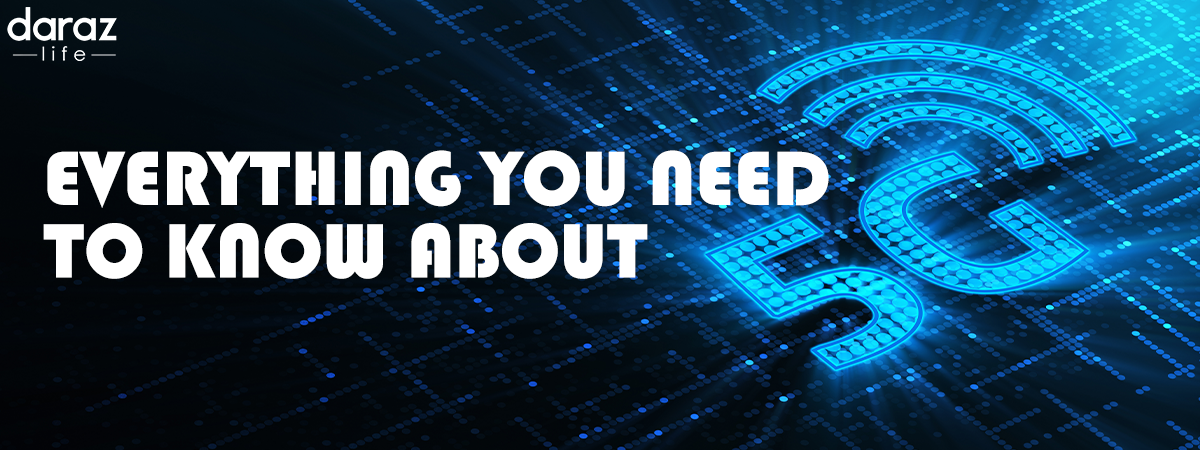Technology is advancing at speed we can’t keep up. Like there are thousands of inventions in a single year that fall under the giant technology umbrella. Some fit the groundbreaking category and get their well-deserved limelight, some miss the light of the day and limit to small article sections, and some deserve to remain hidden.
Whatever the case, the general population who like to satisfy their curious minds will always have something to look forward to. As customers, we are receiving a lot of revolutionary inventions from big companies. Yes, we do not know the mechanism behind these complex innovations, but the best we can do is utilize them in our best interests.
Companies like Tesla, Apple, Facebook, Microsoft, Amazon, and many others set the bar higher with each passing year. We don’t even need a list of these companies when we have Elon Musk doing some incredible things as we fight over the last potato chip with our sibling. We are getting so many new things from tech giants that we often fail to understand their importance. One such technology is 5G.
I know many of our readers might have already raised their eyebrows. But, advancement is advancement despite all the propaganda that surrounds the fact. The whole 5G concept might have attracted significant criticism in the tech world, but every new thing has friction in its infancy. That’s just how things have started and settled down for centuries. So, let’s explore more on 5G and its dimensions.
What is the 5G Network?
5G is not something we didn’t expect in the past decade. We were just not advanced enough to unlock the features of 5G. The main goal of developing a better network version is overcoming the present lag in responsiveness and speed. As for the ones that want exact numbers, a fully running 5G network aids multi-gigabit data transfer. Yes, the numbers can climb up to 20 gigabits per second.

With soaring numbers as those, applications that demand real-time feedback can significantly benefit from 5G. 5G network depends on two major factors: a bandwidth that supports lightning-fast data transfer and antenna technology to allow every upgrade.
Who Invented 5G?
Whenever a new technology hits the world, we want to know the genius behind the curtains. We all know Elon Musk now for his contributions to different aspects of rocket technology and Tesla innovations. So, who invented 5G, and who is leading in this technology? As for the first part of the question because 5G is an upgrade, not a new concept introduction.
Yes, countries like the USA, China, and India might be adapting and spreading the roots of 5G, but most credit goes to South Korea. They were the ones who initiated the earliest deployment of this technology. Analysts and tech professionals believe that the leaders of South Korea will remain visible after many years, judging from their expansion rate. A 60% mobile subscription could be actual numbers by the end of 2025.
Why 5G? Benefits of 5G
5G technology is still some lengths away from a proper and entirely suitable connection. But, every technology comes out rough, gets polished with feedbacks and improvements, and finally gets the rightful place as years roll on. So, what are the benefits of adopting 5G? Let us divide the positives into points for better understanding.
- Bandwidth like never seen before
- 1 considerably low ms latency
- Proper use of high frequencies
- Data rates are higher
- A mobile network that depends on low, mid, and MM wave frequency
How does 5G work?
If you have somehow crawled all the way here, why not leave with some knowledge on the mechanism of 5G. Anyone constantly updating with networking or has some level of curiosity on the networking field knows the building blocks of wireless networks. If you don’t, then congratulations; you are at the holy gates of knowledge.
Jokes aside, any wireless network uses cell sites as its foundation. These sites get divided into smaller sections and aid in data transfer through radio waves. 5G also derives most of its characteristics from its predecessor, 4G, and the history of LTE wireless technology. The problem with 4G was it used cell towers for long-term communication. These high-power towers radiated signals which transferred from one to the other.
5G, having done some alterations in the classical signal transfer method, uses light poles or even building roofs for their cell stations. But, the reasonably new 5G still has lots to consider before redeeming the “perfect network” title. The cell station that 5G uses can only utilize spectrums that lie between 30 and 300 GHz. So, only short distance jumping of waves is possible, which experiences disturbance through physical obstacles.
These short waves are known as millimeter waves or MM waves. 5G network improvement team, wherever they are, knows the limitations of MM waves. So, they are researching deploying a low-frequency spectrum to improve the range. Problem solved? Relatively not, because low-frequency waves that grant distance will lag in speed and capacity.
The problem is genuine and will take some to resolve. As for now, scientists are working on a method that uses multiple nodes in areas that hold high populations. A lot of people means a lot of devices nearby for low-distance waves to travel. As for the medium, the waves will exploit the air interface so that MM waves can jump around smoothly.
WANT SOME INSIGHTS ON ORGANIC FOODS? CHECK OUT THIS BLOG!
Conclusion
So, what do you think of the 5G technology? We can’t deny that the human population will keep experimenting and sharpening their tools until they get the desired outcome. We, the third person in the whole scenario, can contribute with feedback. We can use the technology and maybe advise the authorities on the sections that are weak.
There will come a day when people will fully utilize the facilities of 5G, wait until they get used to the services, and maybe hope for the sixth version. That is just how innovations and technology work. What about you? Are you already in the process, or do you feel the incessant pursuit of better technology is just not your thing? Let us know.
BLOG POST WRITTEN BY PRABESH NIROULA
Prabesh Niruola is a writer who has been venturing into the realms of content writing for 5+ years. While he does not bind himself to a particular niche, his extensive research on the subject at hand and skillful ways to present the context help him shine in this profession. Apart from professional writing, he also expands his horizons through poems. If you love expressing or reading poems, do follow him on his Commaful profile. The link is given below.
https://commaful.com/play/perfectslice/
Prabesh is also a heavy metal fan and indulges in the constant pursuit of guitar mastery.

